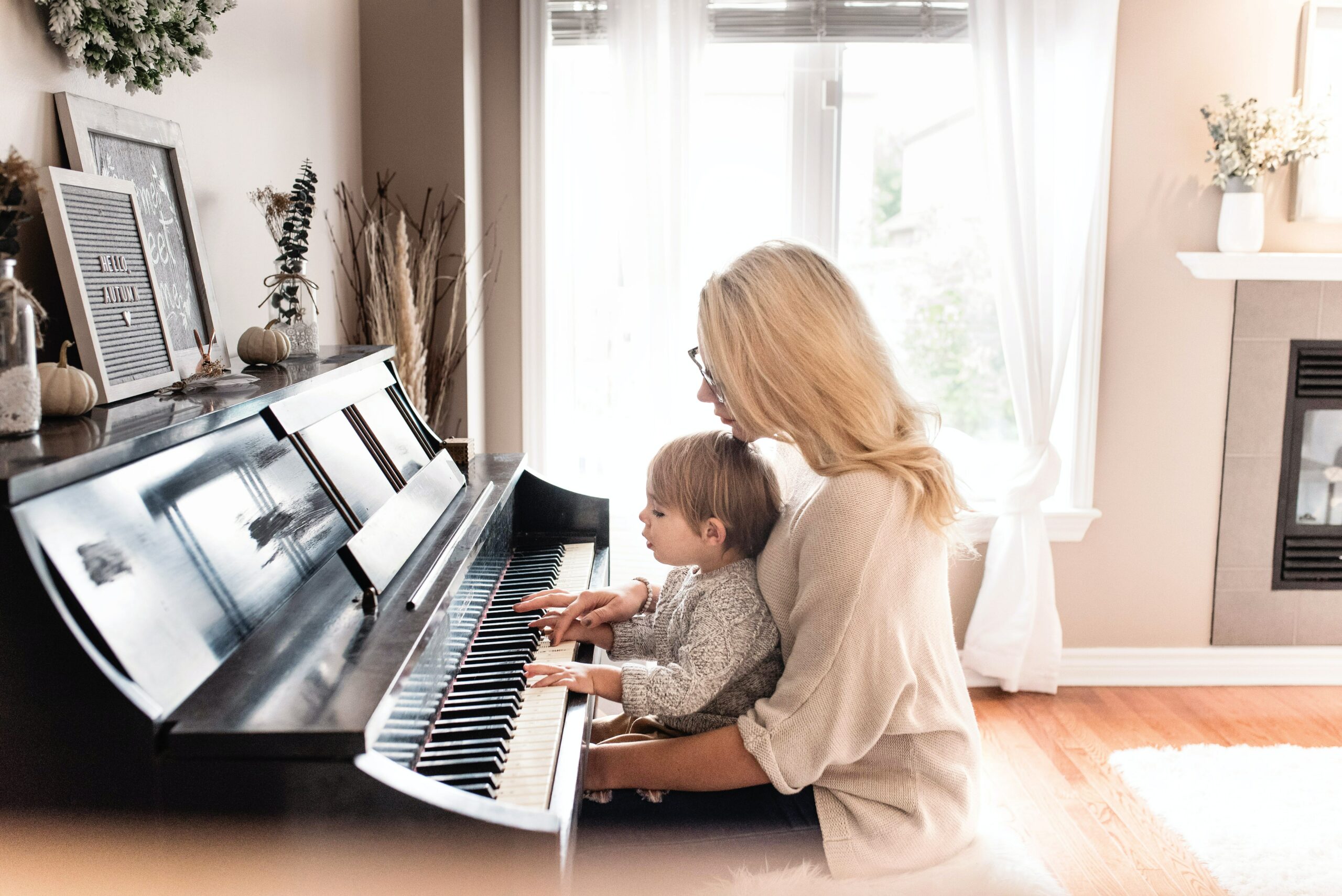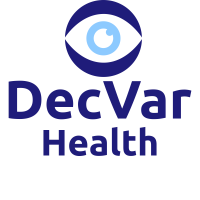
Music is a powerful tool in the healing process and many studies have shown that music can be used to ease symptoms, provide access to otherwise unreachable emotional states, revivify neurological avenues that have been frozen, and bring people back to earlier, lost events or states of being. Music can help people to regain a sense of self-worth and even a connection with their spirituality. For those with physical impairments, music has been proven to increase motivation for exercise and improve the quality of that exercise.
Music Therapy has been around for thousands of years and it was one of the first tools of psychotherapy in Western culture. In the 1800s, it was found that people who made music were able to express their emotions and even use it to heal. Today, research has shown that music can be used to help people with a wide variety of conditions and illnesses such as cancer, stroke, traumatic brain injury, dementia, depression, autism, and pain.
In a receptive form of music therapy, the music therapist plays or sings with the client while they listen to the music and the vibrations that are created by the sound. The music therapist can also play or sing with the client and improvise with them by using the music as inspiration for movement. These improvisations can be simple such as tapping the toes or can involve singing together.
A more active form of music therapy uses musical activities to help people with specific motor skills. This method can be particularly useful for children with cerebral palsy (CP) who are often not motivated to participate in physiotherapy sessions. One study by Bean and Oldfield showed that a combination of vocal and instrumental improvisation with specific motor goals for a person with CP resulted in improved walking patterns. Going online and visiting therapists’ websites such as www.acealliedhealth.com will give you more information about how this goal can be met.
Other studies have shown that people who make their own music are able to engage in their physio Kangaroo Flat activities with greater enjoyment and adherence. For example, when participants were given a choice to choose a song that represented their recovery, a group of clients who sang together and then improvised with each other was able to move faster and better than the control group who did not have this experience.
Military personnel and veterans have also been shown to respond well to the benefits of music in rehabilitation. For instance, marines have been shown to benefit from using music as a way of connecting to family and friends when they are overseas or between bases and as a means of motivation. This is because it can help them to feel a sense of belonging and even self-worth while they are separated from their families. The same has been true for veterans who have PTSD and whose lives have been transformed by music. It can help them reconnect with the world and their feelings of joy, hope, and love through songwriting and improvisation. It can also be a means of expressing themselves and overcoming trauma by allowing them to reclaim their identity through their experiences in the military.




